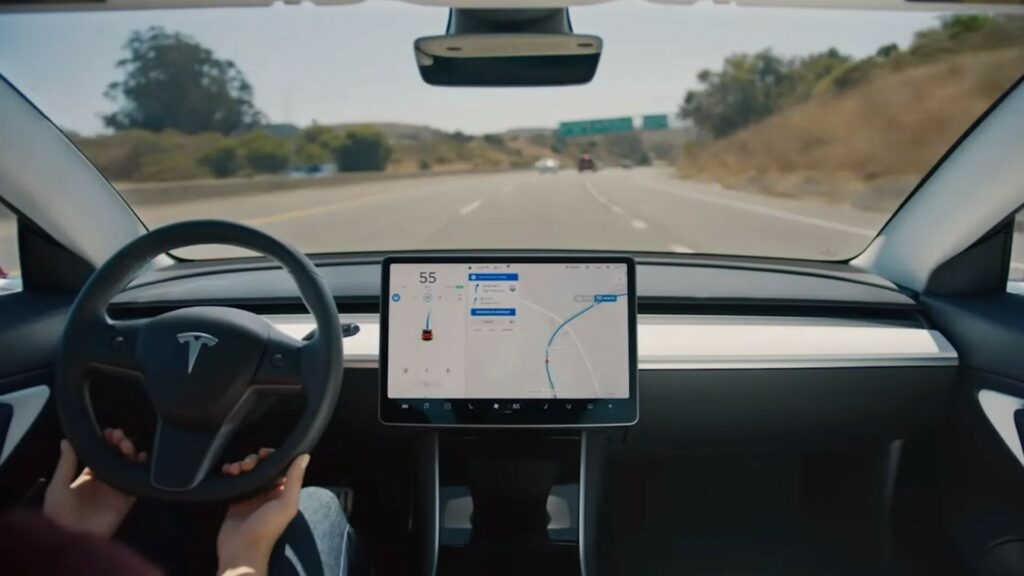- A new report from the Wall Street Journal analyzed crash data together with redacted federal filings and police records pertaining to Tesla’s Autopilot.
- Details of over 200 Autopilot-related accidents were complied, with new patterns being discovered.
- The report states that in the accidents, Tesla’s Autopilot struggled with obstacle avoidance, and cars also veered off the road.
A new investigation is shedding light on multiple incidents involving Tesla’s controversially named Autopilot. The report covers more than 200 reported Tesla-Autopilot accidents, using data obtained from police reports and “heavily redacted” federal filings.
It finds that in these situations, Tesla’s Autopilot has struggled with obstacles and suggests that the system has also exhibited cases where cars can veer off the road while Autopilot is engaged.
The investigation, which the Wall Street Journal carried out, also claims that information surrounding some of the crashes has been hidden from public view. It says that both Tesla and NHTSA hid vital information, including specific details about the reported crashes. This includes aspects such as the “crash narrative,” as well as the date incidents took place.
Tesla defends their actions, labeling this data as confidential business information, while NHTSA cites its obligation to protect personal privacy under federal law.
Read: U.S. Regulators Demand Answers About Tesla Autopilot Recall
While Tesla controls access to crash data, the company says that it shares information when required to do so by the police or through lawsuits. Car owners can also download data for review. However, the WSJ report concludes that getting full details of what the cameras record and how they process those images requires expert access to the vehicle’s computer.
What is clear from both the WSJ’s findings and NHTSA is that an identifiable trend of avoidable crashes has taken place. In several cases, Tesla cars struck emergency vehicles that had their lights flashing. There are other recorded instances of cars striking clearly visible objects or running off the road at T-junctions.

The WSJ stops short of attributing these collisions to the way that most cars with Tesla’s Autopilot use cameras and onboard software to detect obstacles. Nevertheless, the fact remains that other manufacturers continue to offer radar and laser systems instead of solely relying on cameras.
However, Tesla does say that when Autopilot is engaged, drivers must keep their hands on the wheel, ready to take over. Tesla has also blamed environmental factors, such as heavy rain, for some cases of cars that are operating under Autopilot veering off the road in the wet.





